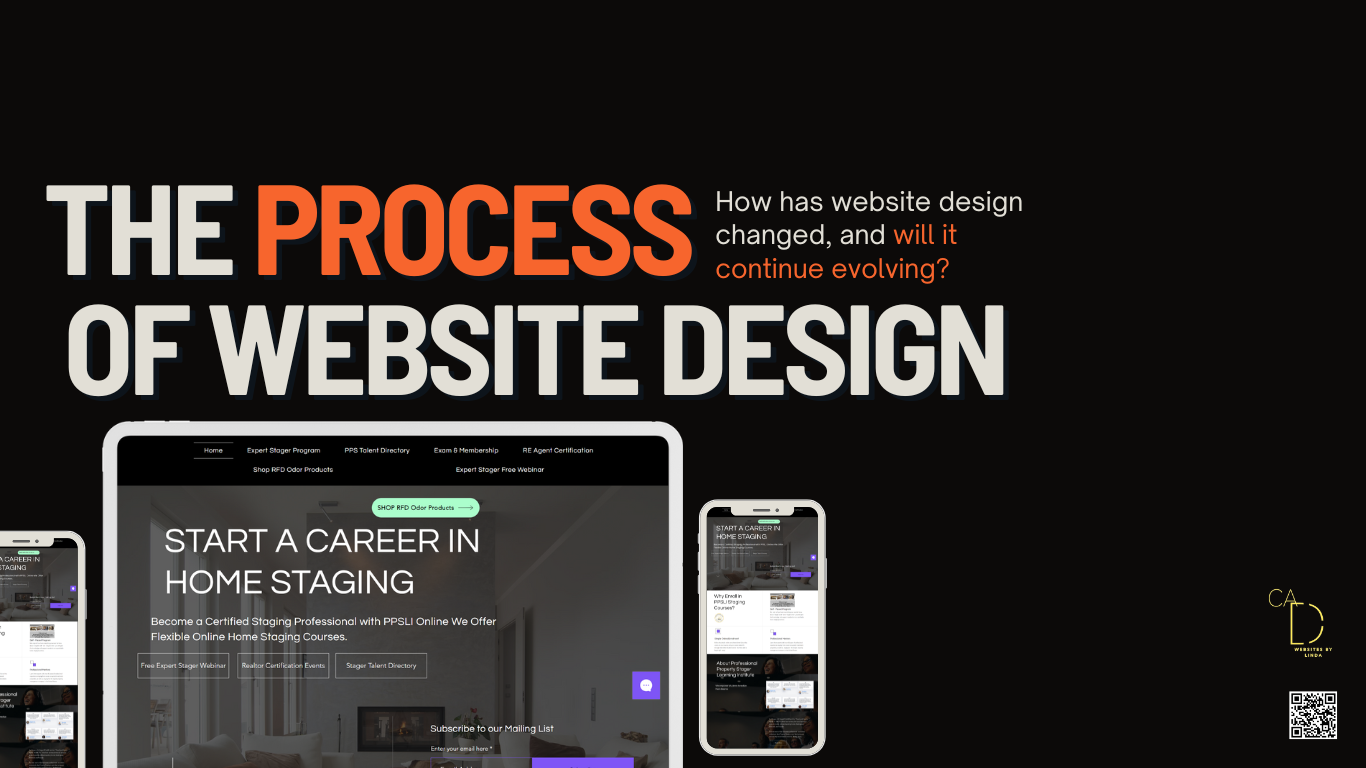

One-Page Websites: Popular for simplicity and streamlined user experience, suitable for focused messages or limited content.
Responsive Typography: Adapts typefaces and text layouts to different screen sizes and resolutions, maintaining readability and aesthetic appeal across devices.
Web Design and Content Strategy: Advocates for a content-first approach, fostering collaboration between designers and content creators for cohesive web experiences.
Logo and Branding Integration: Intertwined within the artwork, a few abstract logos blend with the design, symbolizing the integration of logo and branding in website design.
Data Visualization: Presents complex data in engaging, interactive formats.
Top of Form
Customer Reviews and Testimonials: Build trust and credibility, strategically placed for impact.
Quantum Computing and Web Design: Anticipating the impact of quantum computing on web design, including potential changes in security, data processing, and user experience capabilities.
Digital Storytelling and Narratives: Crafting engaging digital narratives that captivate users, using a combination of text, images, videos, and interactive elements.
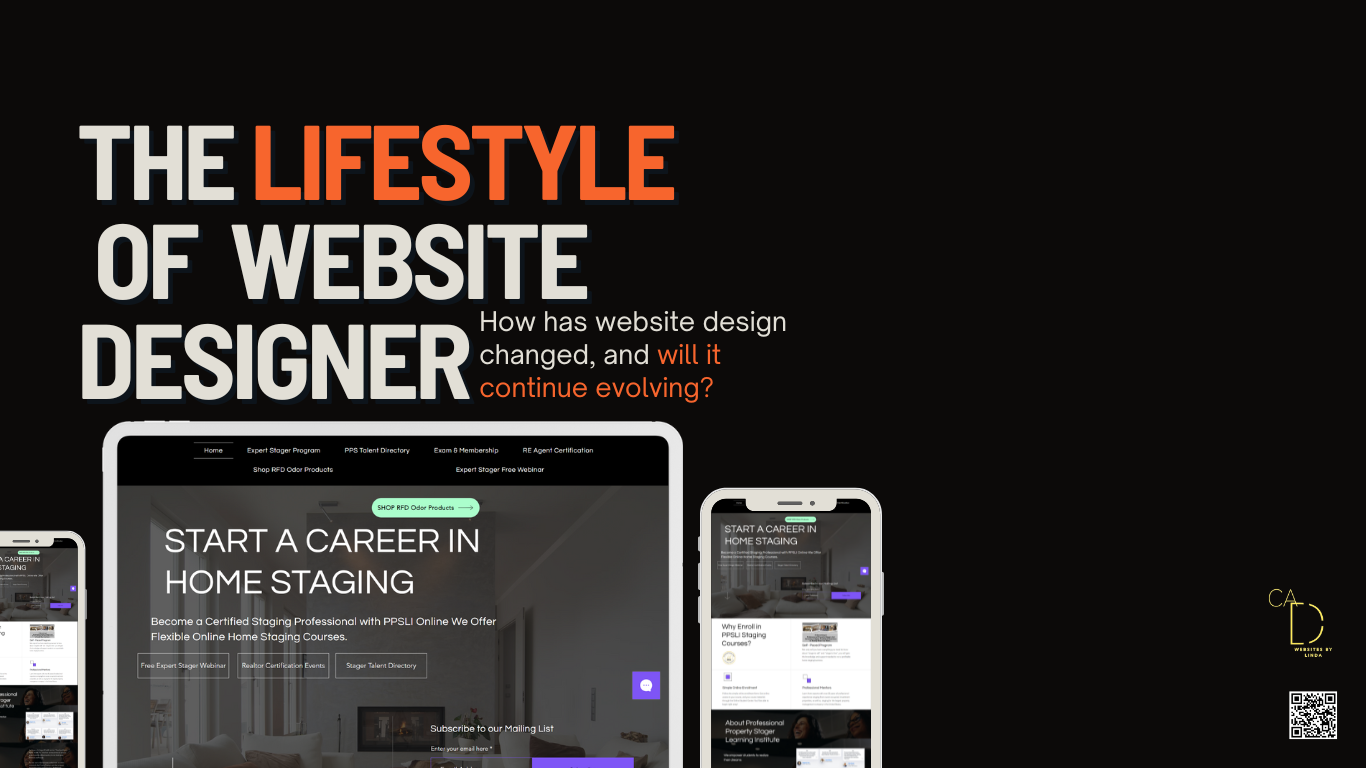
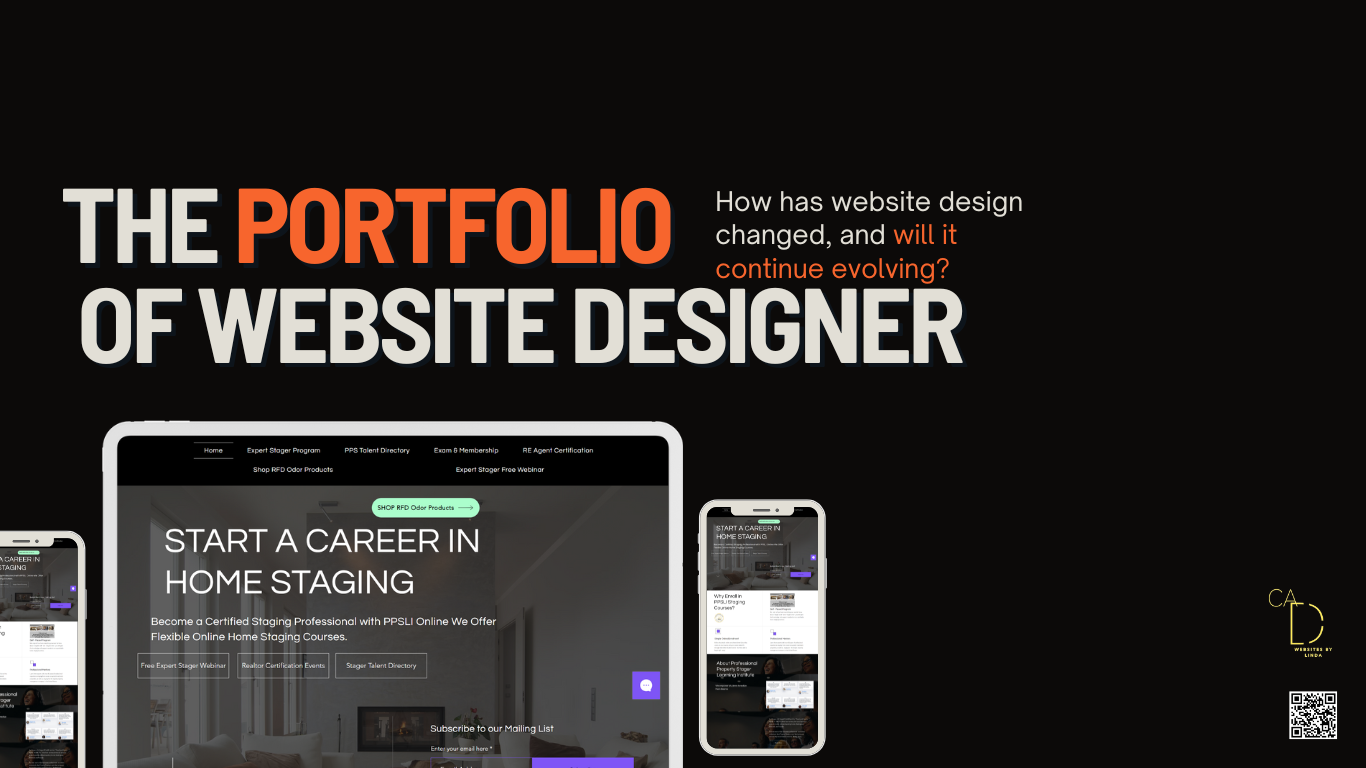
Typography as a Visual Tool: Leveraging typography not just for readability, but as a powerful visual tool to create atmosphere and convey brand identity.
Motion Design for Storytelling: Utilizing motion design to enhance storytelling on the web, creating engaging and dynamic narratives.
AI for Automated and Personalized Design: Explores AI for automating design processes and personalizing user experiences.
Design for Emotional Intelligence: Integrating emotional intelligence in design, recognizing and responding to users' emotional states for a more empathetic and engaging experience.
A "Business Needs Space" highlighting various industry-specific website designs.
Designing for User Trust and Credibility: Building user trust and credibility through design, with transparent information, professional aesthetics, and clear, honest messaging.
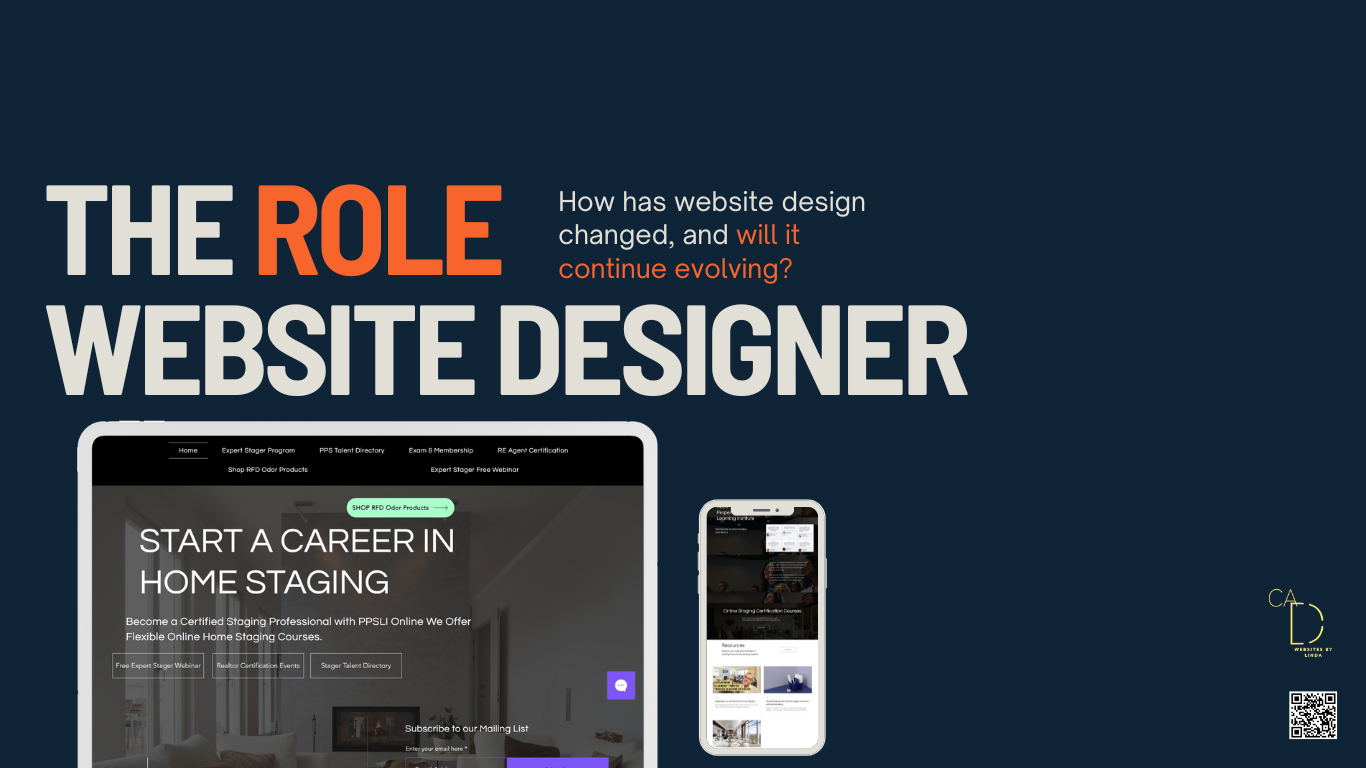

Dark Patterns in Design Ethics: Addressing the use of deceptive design choices that manipulate user behavior, emphasizing ethical design practices.
Zero UI/No Interface Design: Exploring the concept of Zero UI, where the interface becomes invisible or non-traditional, relying more on gestures, voice, or context for user interactions.
Cinematic Techniques in Web Storytelling: Employing cinematic techniques in web storytelling, using visuals, pacing, and narrative structures to create compelling digital stories.
Interactive Timelines: Develop an interactive timeline that users can scroll through to observe the evolution from web design to web development, with pop-up information or mini-games related to each era or technology.
E-Commerce Design Trends: Focus on intuitive, secure, personalized shopping experiences, including responsive design for mobile devices.
Built-in Features and SEO Optimization: Many templates come with built-in features such as social media integration, contact forms, and SEO optimization tools.
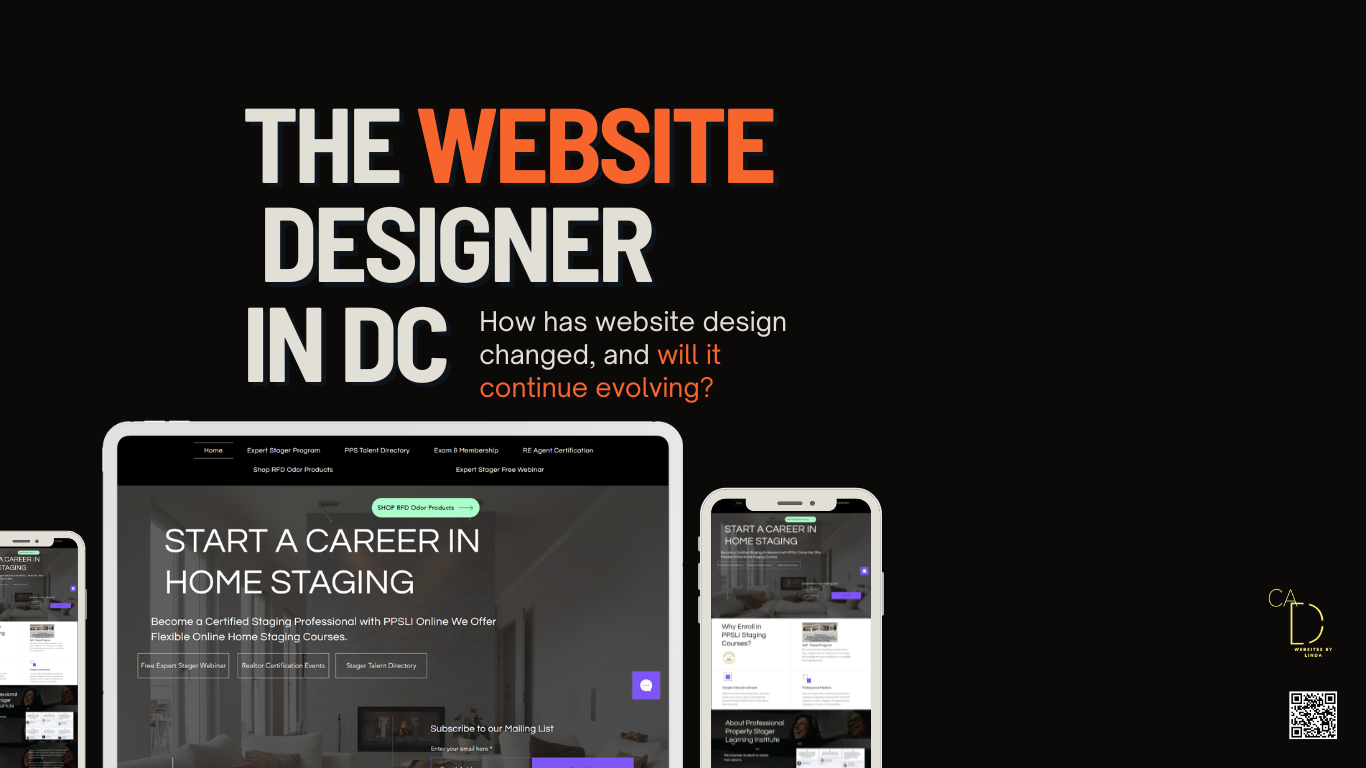
Hourly Rate Reasonably skilled freelance web designers make about $75 per hour. This figure can vary, though, according to CSS-Tricks. Website Builder Expert estimates that the cost to design a website is $30 to $80 per hour, while the cost to actually develop the website is $100 to $180 per hour.
A web designer creates the layout and design of a website. In simple terms, a website designer makes a site look good. They use design programmes to create visual elements and usually have expertise in user interface (UI), which means they strategically design a site that's intuitive and easy for visitors to navigate.
Google Web Designer is a free software tool available for download on both Windows and Mac computers. It does not have any subscription plans or pricing tiers, and users can access all of its features and functionality at no cost.